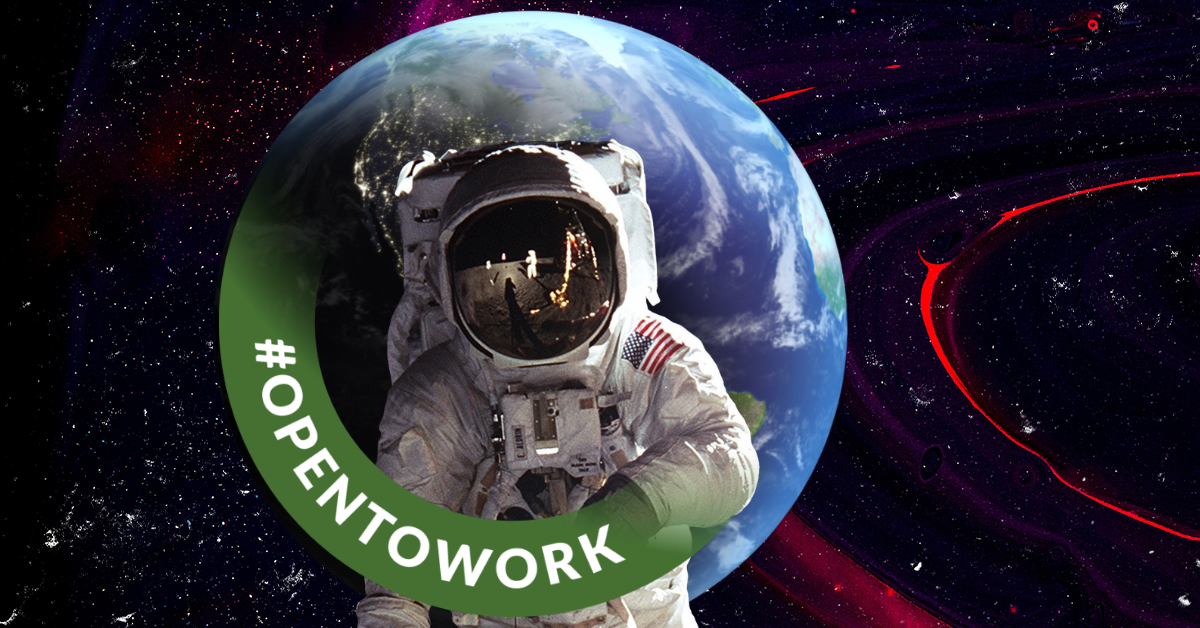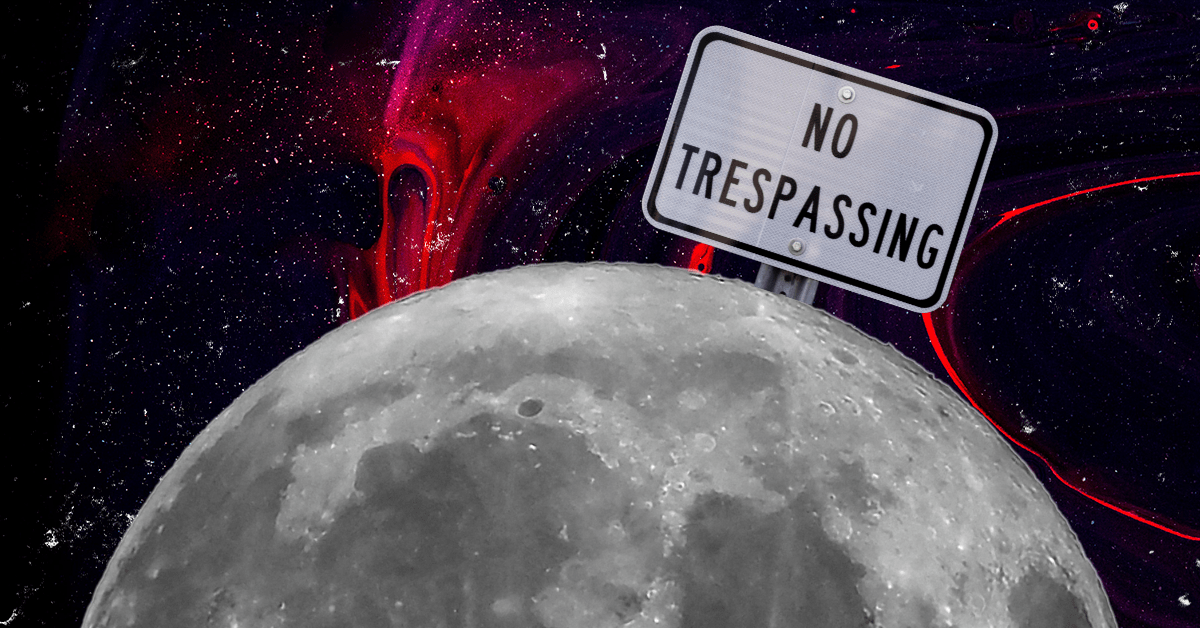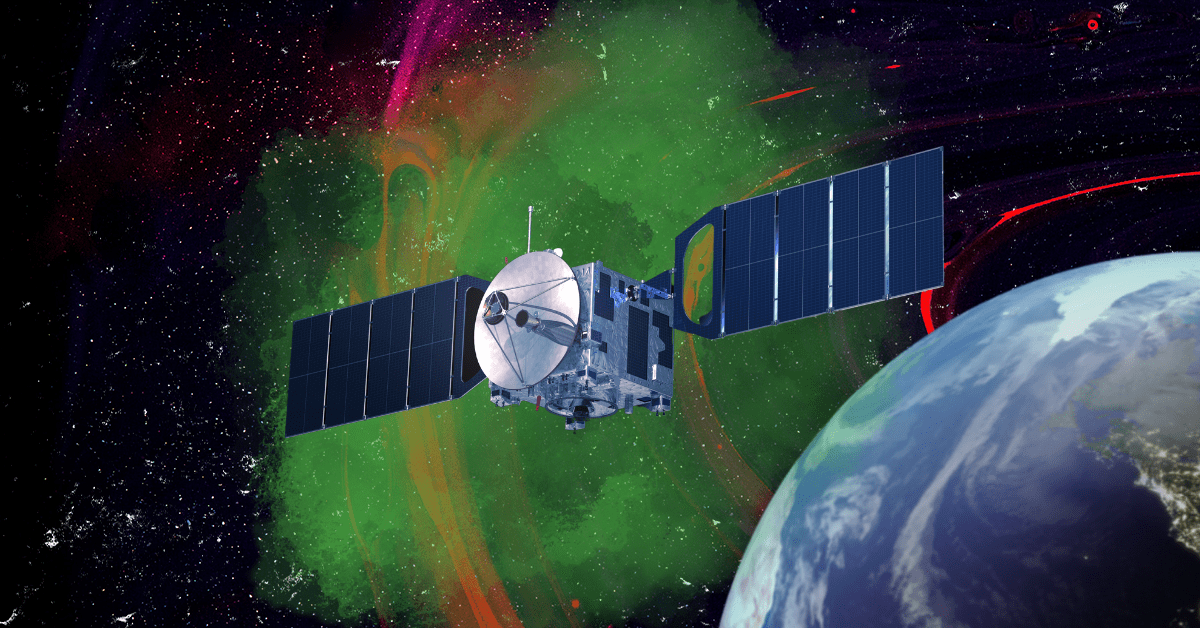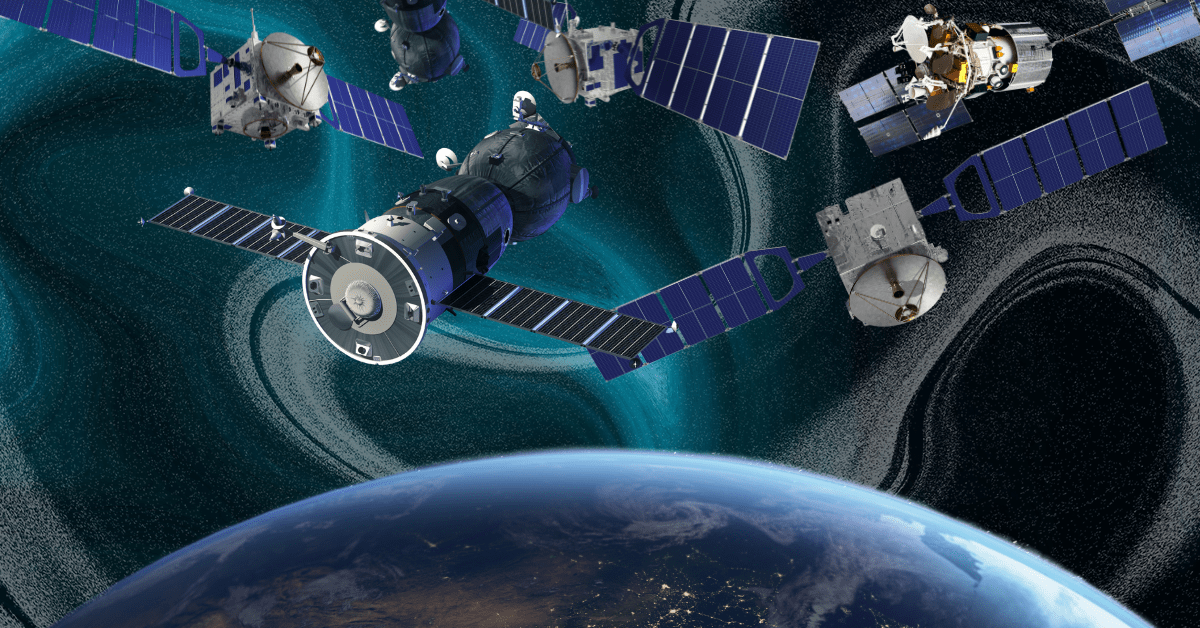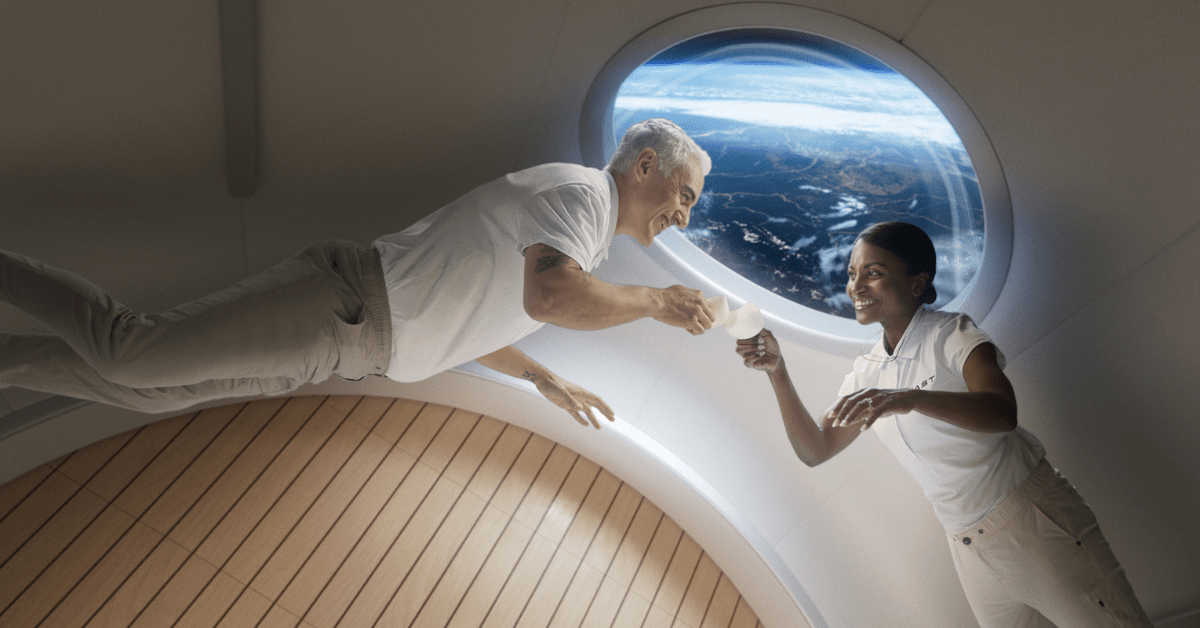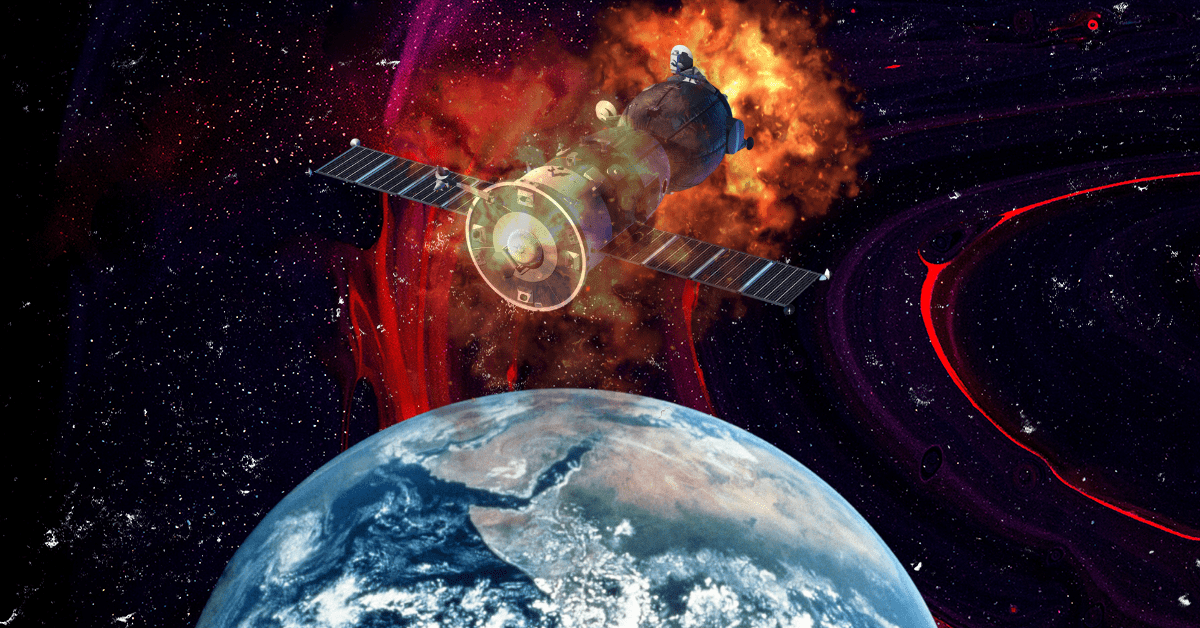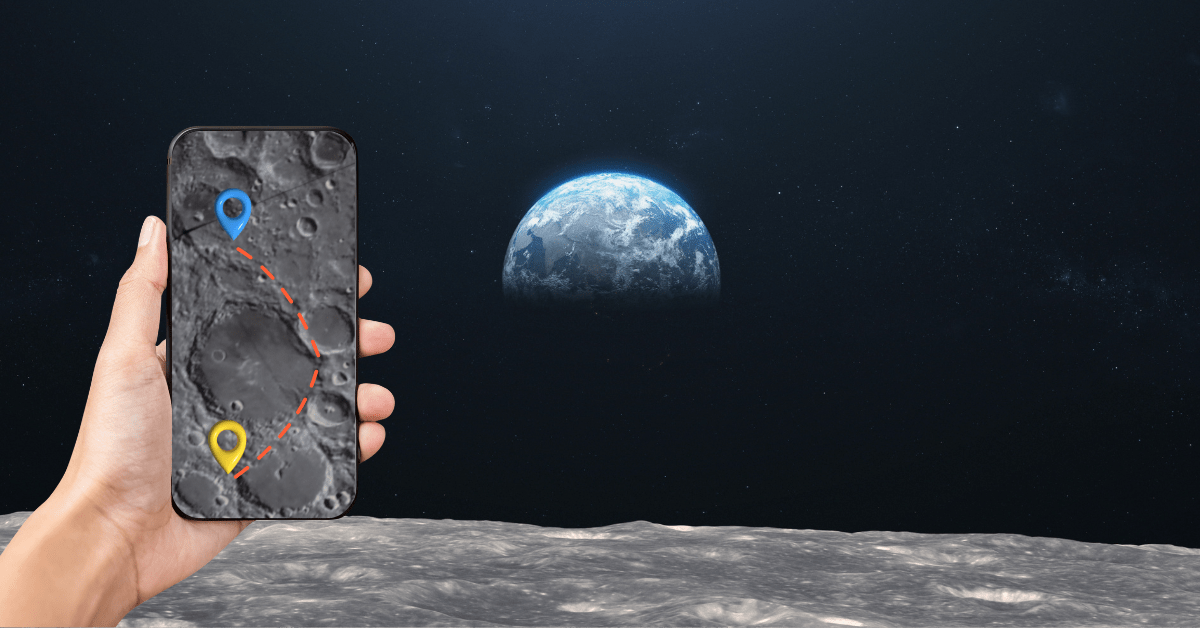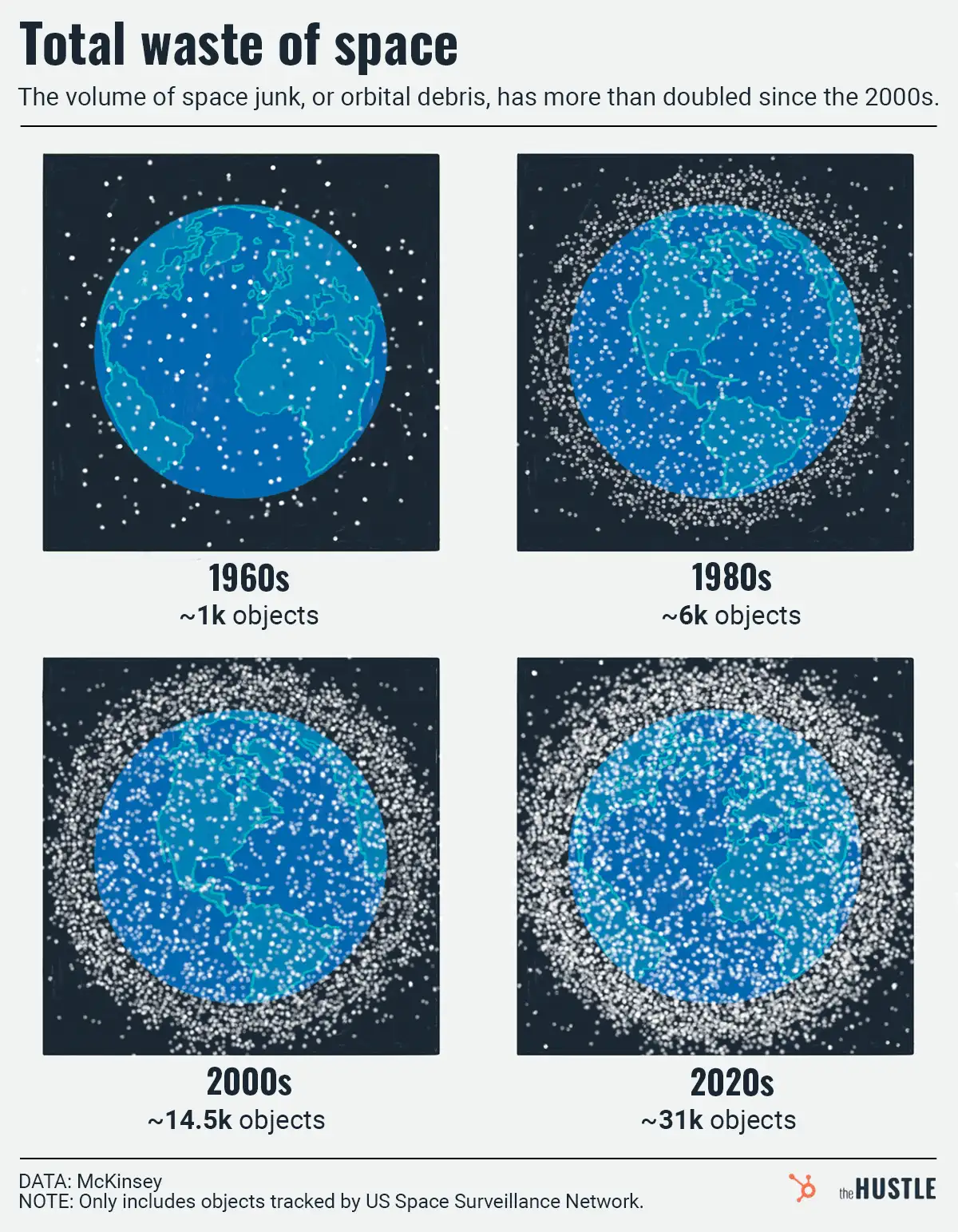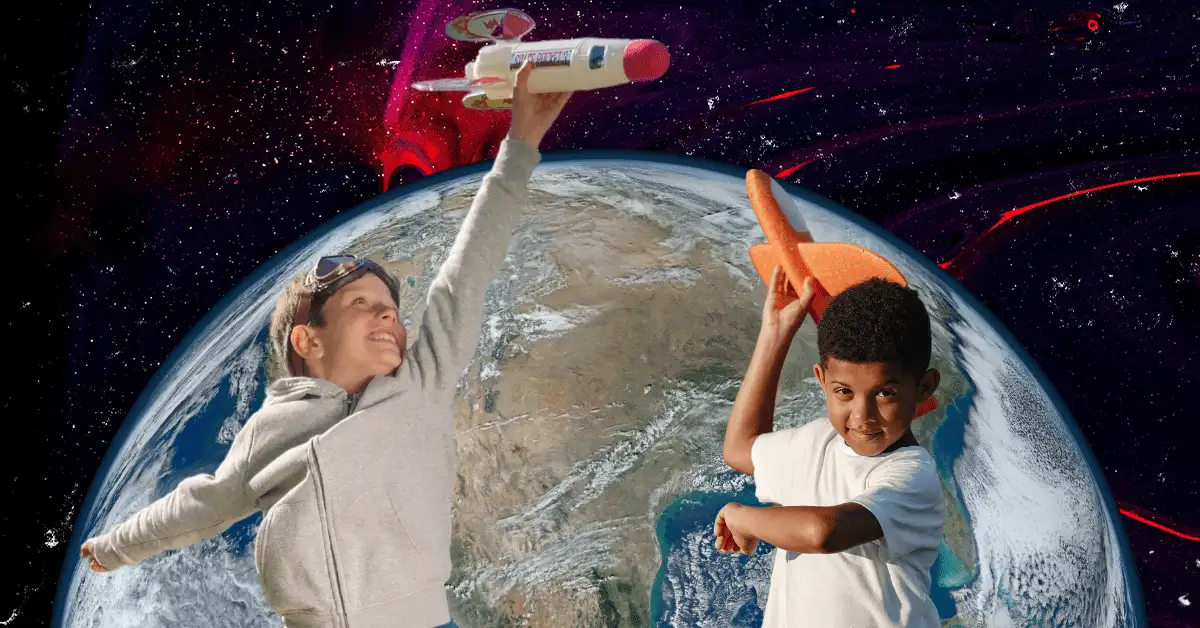Life on Earth in the first few days of 2025 has been anything but easy, so it’s comforting to learn that exploration is still very much underway to find out if other planets can support life.

Researchers are particularly interested in moons like Jupiter’s Europa and Saturn’s Enceladus, which hold large oceans under their icy outer layers, per Wired.
Why?
Because lots of water means the potential to support lots of life.
And NASA has been busy seeing what’s possible:
- It launched its Europa Clipper probe in October to study the conditions on Europa.
- Its Jet Propulsion Laboratory is working on a project called SWIM (Sensing With Independent Micro-swimmers) that will send tiny autonomous underwater robots to explore the ice moons’ oceans.
The ~12-centimeter-long, wedge-shaped bots will hitch rides aboard a device called a cryobot, which will use nuclear energy to melt the icy outer crust of these moons and deliver the bots to the oceans below.
Each cryobot would hold ~48 robots and slowly slip through the ice shell over several years.
Sink or swim
Like anyone learning how to swim, the bots had to practice first: They successfully steered through a swimming pool. But those were 16.5-inch 3D prototypes doing the paddling.
- The bots must be made ~3x smaller for spaceflight and would be armed with a wireless underwater acoustic communication system for sending data back to Earth.
- They’ll also be outfitted with a chip that can measure things like water temperature, pressure, and chemical composition to see which moons could be hospitable to life.
And since teamwork makes the dream work, the bots will function in teams, exploring the same areas to make sure no icy moon stone is left unturned.
Space
.jpg?width=48&height=48&name=IMG_2563%20(1).jpg)

